We surveyed the leading women in the facade design and manufacturing industry and asked: What do you find most interesting about facade innovation today? What are you working on now and what do you think we will see in five years?
Their responses, organized into six categories, offer an informal cross section of the challenges facing the facade industry—climate change, security—and of a coming multi-material revolution in facade design.
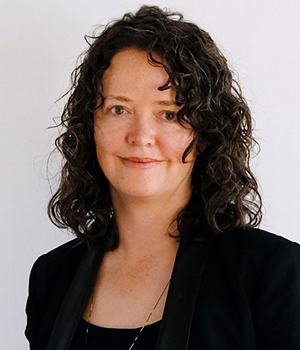
Emilie Hagan
Associate Director, Atelier Ten
![]()
Climate change is the greatest challenge of our time and facade innovation presents an exciting way to take action. Over the next 12 years, we need to make big changes to reduce global emissions worldwide and within the built environment. Implementing innovative designs that balance embodied carbon reduction, energy performance, and life cycle is one way to make a difference.

We are now testing the global warming potential of facade options by comparing pairings of cladding material and insulation that offer the same thermal performance. We’re looking at materials like polyiso, spray foam, and mineral wool, as well as ceramic tile, terra-cotta tile, and GFRC tile, which all vary greatly in terms of their life span, global warming potential, resource depletion, and acidification.
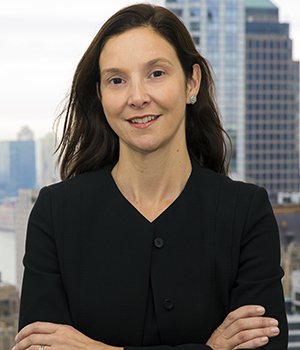
Nicole Dosso
Technical Director, Skidmore, Owings & Merrill
![]()
Beyond materiality, our 35 Hudson Yards project is emblematic of a collective process between the architect, developer, fabricator, and supplier. New Hudson Facades and Franken-Schotter, who quarried, supplied, and fabricated the Jura limestone used in the facade, helped to drive improved energy performance as well as optimize the geometry, manufacturing, and material selection.
![]()
The return of materiality to the facade is a departure from the monolithic slick glass facades that have dominated the image of the super tall tower for the last two decades. The approach of combining materials pays homage to the historic fabric of New York City facades, which predominantly fancied the use of stone, brick, and terra-cotta.
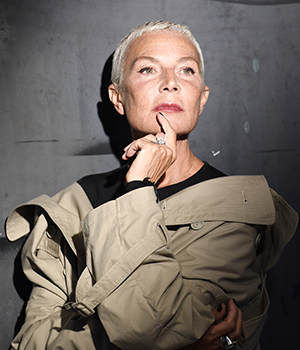
Doriana Mandrelli Fuksas
Partner, Studio Fuksas
![]()
The quality of projects over the last 20 years has grown a lot, and nobody and nothing prevents us from thinking that the creation can continue to expand. I have a positive vision of the future, a future made up of large infrastructures: of museums, of innovative workplaces, of spaces dedicated to new technologies, of spaces where people can meet.
![]()
The Shenzhen Airport has the skin of a honeycomb-shaped beehive. No one knows where it comes from, but clearly it is variable from every point of view and changes with every change of light, internal or external.
![]()
Imagining a facade seems too simple, but complicated, too. I let it arrive as the last stage or last section, from the center to the outside. At the end of a path inside the building, of a cinematographic montage that leads to discover what you want to see, the facade arrives. Unexpected, scandalously irreverent.
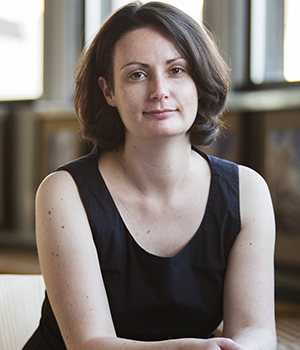
Pam Campbell
Partner, COOKFOX Architects
![]()
One of our projects, One South First in Williamsburg, Brooklyn, uses large-scale, 3-D-printed molds to create pre-cast facade panels. We designed several variations of panels to respond to specific solar orientations; beyond the facade’s shape, the finish and crisp edges were particularly important, creating an interplay of reflection and shadow on the building’s surface.

Odile Decq
Founder, Odile Decq Studio
![]()
Glass is a material that can solve in one all the questions an architect faces when designing a facade today: lighting outside and inside, protection from too much solar heating, isolation from the cold, providing a multiplicity of aspects, colors, textures, inclusion, and more. I’ve always said: if steel was the material for building innovation at the end of the 19th century, glass is the material for the end of the 20th century.
From the beginning of my career I have been fascinated by glass evolution and the way facades have been modified thanks to this fantastic material. Its various qualities, its treatment, and its plasticity are what I am searching for in terms of innovation today. My research today is oriented toward sensible facades that can be joyful and sensual at the same time.
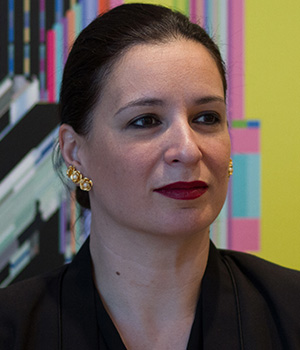
Elena Manferdini
Founder, Atelier Manferdini
![]()
In particular, our office proposes an alternative language for traditional facades, based on vibrant color schemes and geometric patterns, along with augmented reality applications, whose aim is to engage new subjectivities.
![]()
Passivity is the dominant state of today’s subject, who, conditioned to consume images, confuses them with reality; but our work suggests that a new breed of reactionary subjectivities is now possible. These imaginative facades become a political space for nuance and personal participation.
![]()
Facades, even when buildings are privately owned, are important for the city at large because they are inevitably the background of our public imagination. Any facade language strategy is by default political because it negotiates how the privacy of human interactions comes to terms with a surrounding social and cultural context.
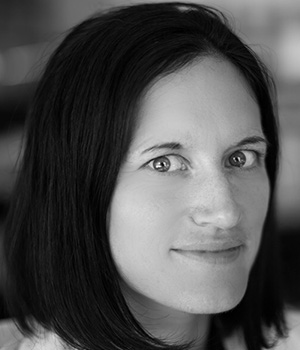
Andrea Love
Principal and Director of Building Science, Payette

I am working on a tool to look at the impact glazing has on summer comfort to complement the Glazing and Winter Comfort tool we developed a few years ago. We’re also doing life cycle assessment of the typical facade systems we use to understand their embodied environmental impact. We are continuing to explore new ways to leverage simulation tools to understand performance and drive design on several projects across our office.
![]()
The thing I find most interesting about facades today is the increase in attention paid toward their role in building performance and occupant comfort. Whether it is a high-performance facade for passive survivability for resiliency or consideration of the embodied carbon impact, I find it exciting to see how we as an industry are embracing the important role that facades play.
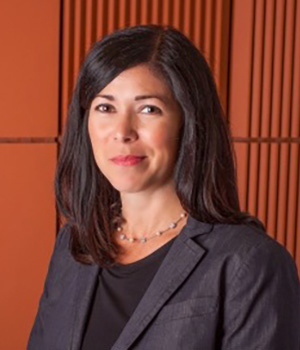
Jennifer Marchesani
Director of Sales and Marketing, Shildan Group
![]()
When Shildan introduced terra-cotta rainscreen to the United States market 20 years ago, the panels were red, small, and flat. Now our capabilities are amazing. We just completed the Sentry Insurance Building in Steven’s Point, Wisconsin, designed by Flad Architects, with the largest terra-cotta rain- screen panels in the world (10 feet long).
![]()
We are seeing a trend toward complex terra-cotta shapes unitized in curtain walls on high-rise buildings. Custom 3-D shapes and curved terra-cotta elements are gracing more buildings, adding a complexity in production and systems, but resulting in unique, one-of-a-kind facades.
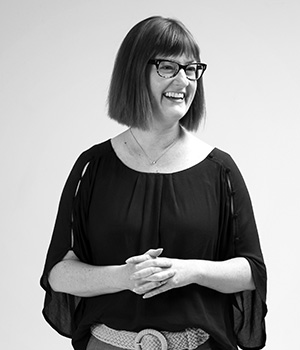
Stacey Hooper
Principal, NBBJ
![]()
This is a time of revolutionary technology and digital fabrication, which is propelling imaginative industry partnerships to realize more complex, efficient, and high-performance building facades, built faster than ever before. This sea change will be pushed along by stricter codes, accountable system performance, and reduced market shares for curtain wall systems that don’t pursue meaningful change.

Valerie L. Block
Architectural Marketing Consultant, Kuraray America, Inc.
![]()
I have seen more laminated glass used in facades over the past 20 years. There are several reasons for this, including building code requirements for impact protection of openings; blast and security requirements for exterior glazing in certain building types and locations; and a desire to incorporate minimally supported glass systems, where a concern for post-breakage glass retention has led to the specification of laminated glass.
![]()
I have seen a growing concern over security. Architects working on K-12 and higher education projects are designing facades to resist intrusion, and in some cases, to provide ballistics resistance in the event of an active shooter.
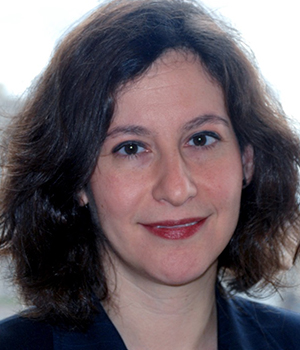
Tali Mejicovsky
Associate, Facade Engineering and Building Physics, Arup
![]()
I am most interested in designing for net zero energy and innovations that push for best performance. Some ideas include the use of FRP framing, thin glass in conventional assemblies, and designing for disassembly and recycling.





